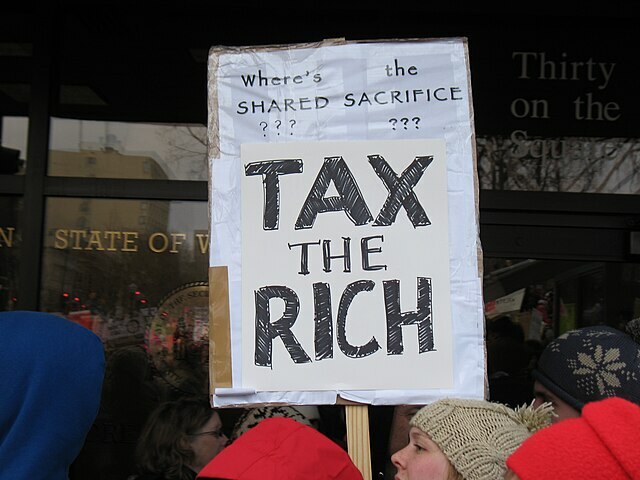Recent tax reform passed by Republicans in Congress and enthusiastically signed by President Trump, went a long way toward fixing what had become a federal tax system that was discouraging work effort, investment, and entrepreneurship. The U.S. tax code had developed into a major stumbling block to robust economic growth.
The reforms and cuts put in place by Washington in late 2018 are similar to those implemented by North Carolina in 2013. Both the federal and state governments focused on reducing penalties on economic growth created by high personal and corporate income tax rates. In 2013, North Carolina dropped its personal income tax rate from a top rate of 7.75 percent and a bottom rate of 6 percent, to, initially, a flat rate of 5.8 percent. Since then the rate has continued to be lowered, and it will go to 5.25 percent in 2019. The corporate income tax rate was lowered initially from 6.9 percent, the highest in the Southeast, to 5 percent and, because of a provision built into the legislation, continued to decline to 3 percent, the current rate. It will further decline to 2.5 percent in 2019.
The federal reforms did not go to a single flat rate, as did North Carolina, but it did reduce personal income tax rates for all tax brackets and dramatically reduced the corporate tax from 35 percent to 21 percent.
But there is another similarity between the two tax cut packages. Unfortunately, though, this similarity represents gaping hole in both approaches. Neither the federal government nor North Carolina altered its approach to taxing capital gains. This is where North Carolina can step up to the plate and take the lead, not only among states but also relative to the federal government.
North Carolina has always taxed capital gains, i.e., any positive difference in the value of assets like real property and shares of stocks from when they are purchased to when they are sold, at the same rate as regular income. But, in reality, capital gains taxes are a form of double taxation and should, in fact, be abolished, or at the very least reduced relative to taxes on ordinary income.
Because this might not be intuitively obvious, a simple example could help clarify the point. Imagine that an income earner has $100 in pre-tax income that he is deciding what to do with. The choice is between investing it in the purchase of one share of a stock or a mutual fund, for which he can expect a 10 percent gain in one year, or using it to take his wife out to dinner. In other words, the income earner chooses between investment and consumption. He will compare the satisfaction that he would experience from the night out to dinner — in more analytical terms what we might call the “return to consumption spending” — to the expected $10 return in a year from the $100 stock investment. He will make his choice based on his individual preferences for immediate satisfaction as compared to a greater amount of satisfaction in the future after realizing the capital gain.
Now let’s assume that we have a 10 percent income tax without a tax on income from capital gains. This tax reduces his returns to consumption, from $100 worth of dinner with his wife to $90, and his returns to his investment from $10 to $9. In other words, in taxing the $100 investment, in this case by 10 percent, it also taxes the income stream, i.e., the capital gain, by the same percentage. Both the returns to consumption and the returns on investment are reduced by the same amount—10 percent. So now it is quite easy to see how an additional layer of taxation on capital gains, in essence, double taxes the investment return, reducing it by another $0.90 to $8.10. This added layer of tax will bias the person’s decision against making the capital investment and in favor of the dinner. In a broader economic sense, because economic growth springs from such capital investments, including the return on investments made in small businesses across the state, the taxation of capital gains is a penalty on growth.
Of course, this doesn’t only affect those who purchase stocks. This analysis also applies to homeowners, farmers who wish to sell their land, or entrepreneurs who have created a successful business, enhanced its value over the years, and stand to realize a capital gain in its sale. Indeed, for many small businesses, capital gains on the sale of the business represent the most important return on their investment.
The North Carolina General Assembly can take a bold step and eliminate this bias—this double taxation—by abolishing its capital gains tax completely. This would send a clear message to other states that North Carolina is very serious about rewarding entrepreneurship and smart decisionmaking that enhances asset values and economic growth. But if abolition is to drastic a step, the bias against asset investments can at least be ameliorated by creating a differential between the tax treatment of capital gains and other forms of income, possibly through an exclusion of some amount of a person’s gains or by taxing the gains at a lower rate.


